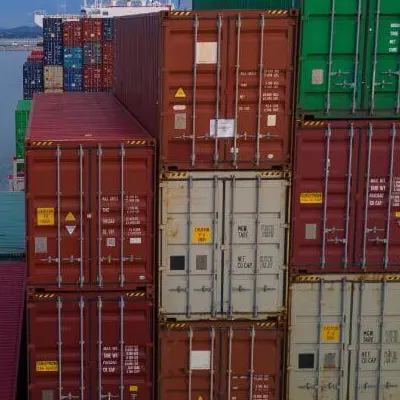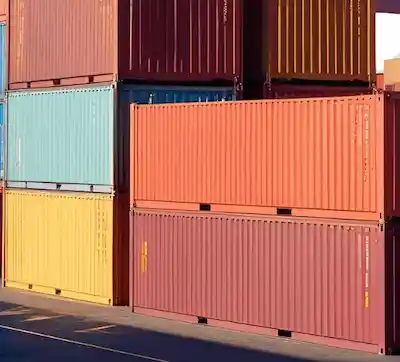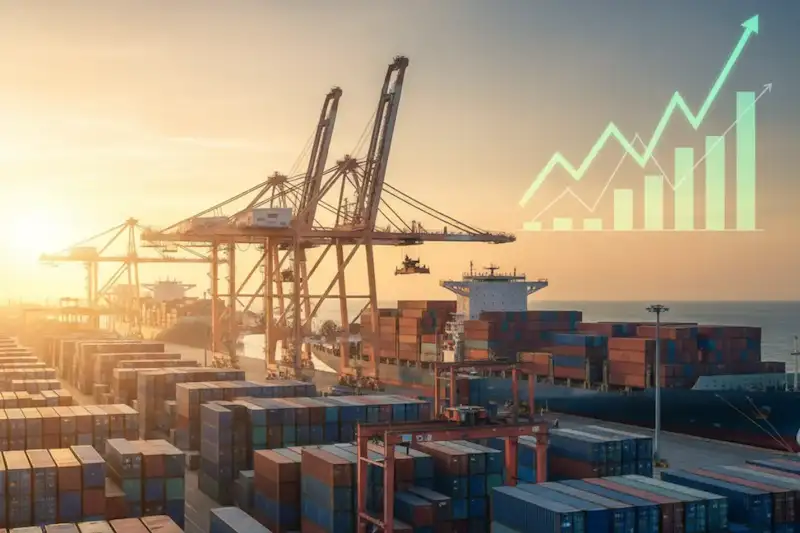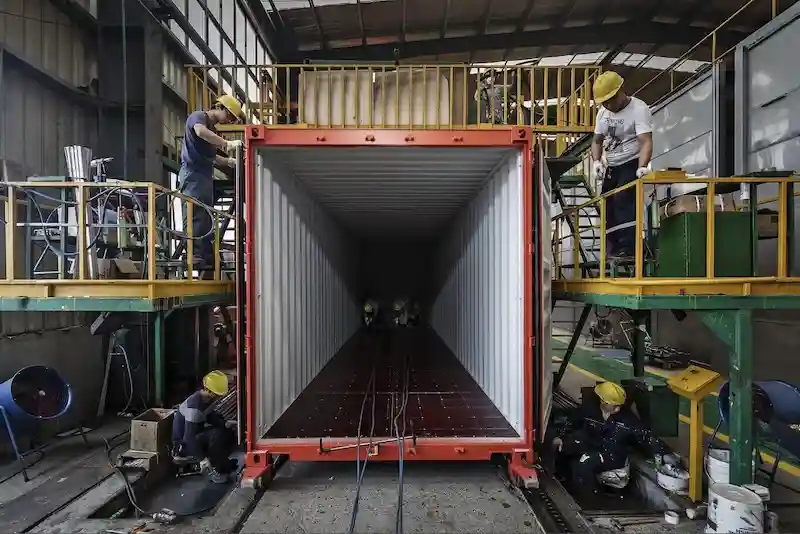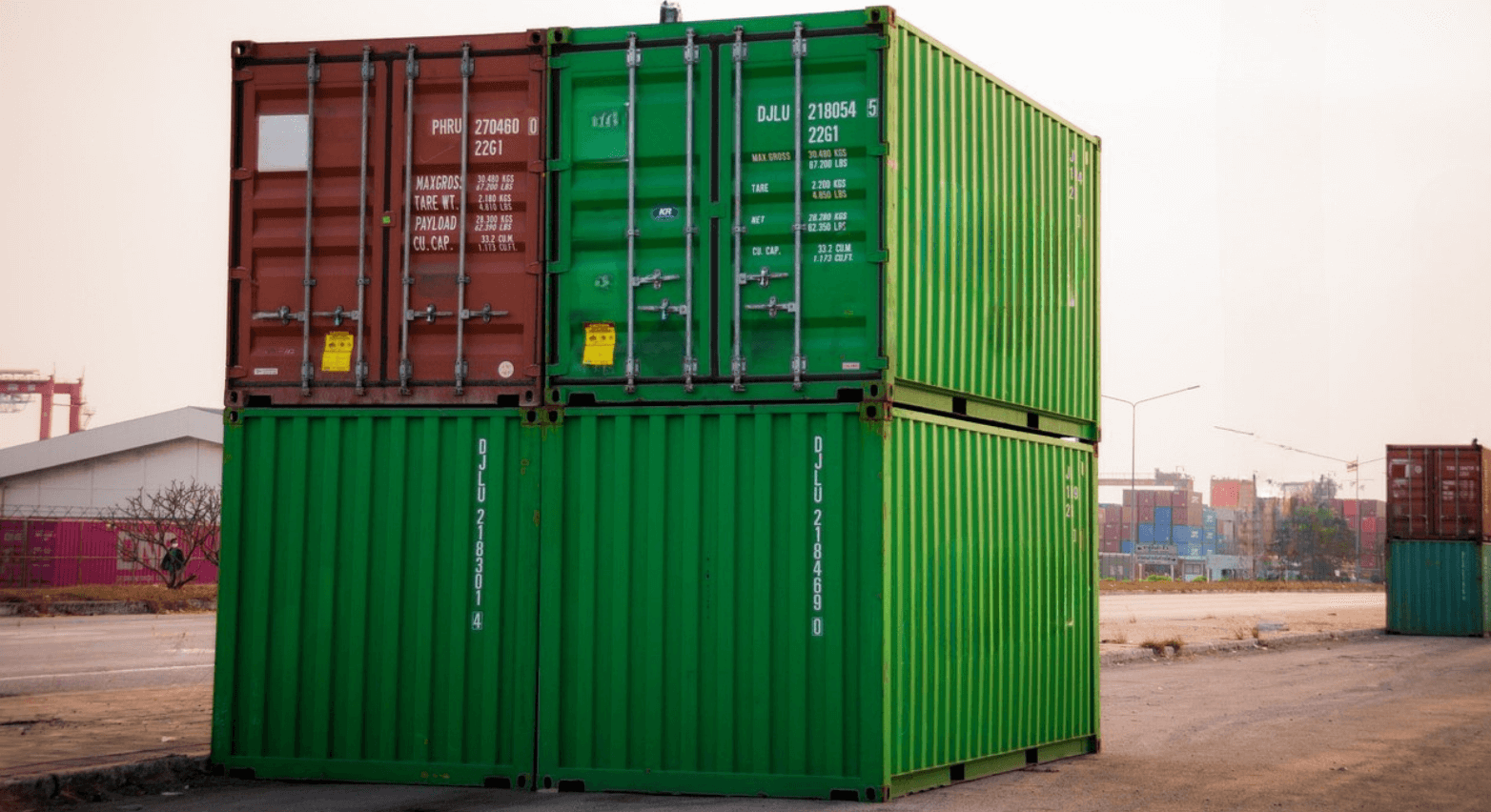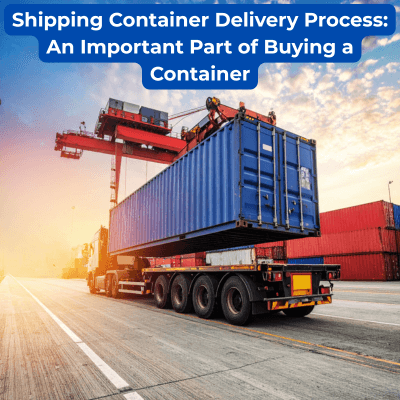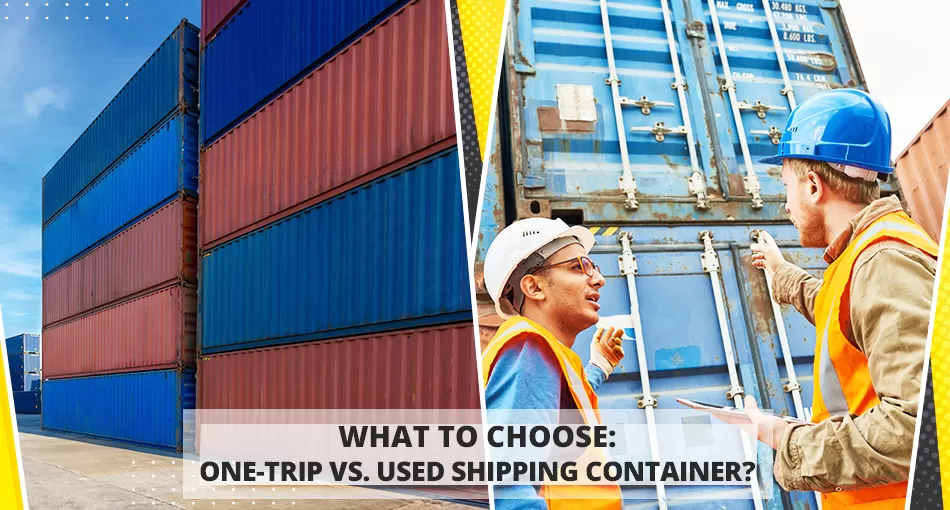How Shipping Containers Are Made: The Complete Manufacturing Process

Shipping containers have changed the way we handle global trade by offering a reliable and flexible way to move goods over long distances. To truly appreciate their impact, it helps to understand how these tough and versatile boxes are built. This article takes you through the journey of shipping container manufacturing, from the raw materials to the finished product, highlighting the craftsmanship and precision involved in creating these essential structures.
History of Shipping Container Construction. How Shipping Containers Are Made?
Let’s talk about how shipping containers are made. The shipping container, as we know it, was brought to life by Malcolm McLean, an American trucking entrepreneur. In 1956, McLean introduced the first standardized cargo container, known as the “McLean Container.” This breakthrough transformed the shipping industry by making the loading and unloading process much more efficient. Before this, transferring goods from ships to docks was a slow and cumbersome task.
As shipping containers became more common, people started realizing they could be used for more than just transporting goods. During the 1960s and 1970s, architects and builders began experimenting with containers for construction. Early projects included container homes and pop-up shops, showcasing how versatile and sturdy these containers could be.
By the 1980s, the idea of using shipping containers for construction took off, and container manufacturing expanded significantly. Their flexibility, cost-effectiveness, and modular design made them an attractive choice for various applications, leading to container-based offices, schools, and emergency housing.
The 1990s saw a surge in creative uses for shipping containers. Architects and designers started pushing the boundaries, combining containers with other materials to craft unique and functional spaces. This era saw the rise of multi-story buildings and complex structures made from containers.
As sustainability became a bigger focus, container architecture gained even more attention. Reusing shipping containers was seen as an eco-friendly alternative to traditional building methods, addressing growing concerns about environmental impact and resource efficiency.
In the 21st century, shipping container construction has become mainstream. Their adaptability and affordability have led to their use in a wide range of projects, from homes and offices to retail spaces. High-profile projects like “Container City” in London and the “Cargotecture” movement in the United States have highlighted the stylish and practical possibilities of container architecture, showing how these containers can be transformed into modern, sustainable spaces.

Shipping Container Construction Process. How To Make Container?
The construction of a shipping container involves several precise steps, each crucial to producing a reliable and durable container. Below is a detailed look at the process.
Step 1: Wall Panels
The container’s manufacturing starts with creating the wall panels. Steel sheets are first cut to size and then corrugated to make them stronger. This corrugation process involves rolling and pressing the steel, which boosts its durability so it can handle the weight of stacking and heavy loads. Once the sheets are prepared, they are welded together to form the side walls, making sure they are sturdy enough to withstand the challenges of international shipping.
Step 2: Floor Frame Assembly
The next step in container production is assembling the floor frame. This part includes the longitudinal rails and cross members, which provide the base framework. Steel beams are cut to size and welded together to form a rectangular base structure. This assembly is designed to support the container’s load and withstand the stresses of handling and transport.
Step 3: Doors and Corner Posts
The doors and corner posts are integral to the container’s functionality and structural integrity. The door panels are fabricated from corrugated steel, similar to the walls, and fitted with locking mechanisms that ensure security. Corner posts are installed at each corner of the frame, providing essential strength and facilitating easy stacking and lifting. These components are precision-welded to the floor frame and wall panels.
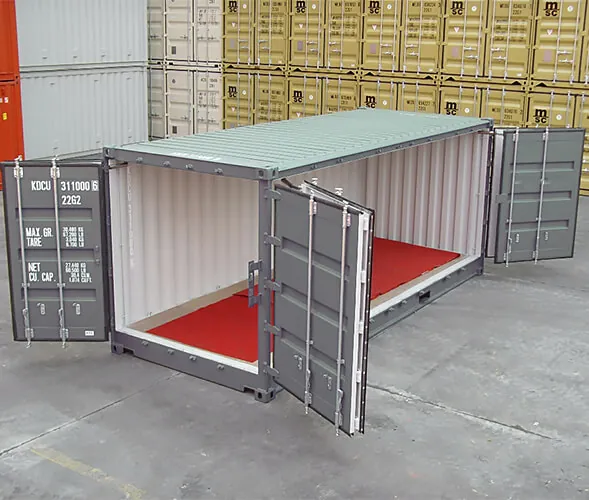
Step 4: Finishing the Box
Once the walls, floor frames, doors, and corner posts are assembled, the container begins to take shape. The roof panel, also made of corrugated steel, is fitted and welded onto the structure. Internal welds are carefully inspected and reinforced where necessary to ensure the container is airtight and waterproof.
Step 5: Priming and Painting
To protect the container from corrosion and weather damage, it undergoes a priming and painting process. A primer coat is applied to all surfaces, followed by a top coat of durable paint. This coating not only provides aesthetic appeal but also adds an extra layer of protection against the harsh conditions containers face during transportation and storage.
Step 6: Flooring
The interior flooring of the container is then installed. Marine-grade plywood or bamboo is commonly used due to its strength and resistance to moisture. These floorboards are cut to fit precisely within the frame and are securely bolted to the cross members. This flooring must meet stringent international standards to ensure durability and safety.
Step 7: Decals and Identification
Each container is then marked with decals and identification numbers. These markings include the container’s unique identification number, owner code, and other important information, such as the maximum load capacity. This step ensures that each container can be tracked and managed efficiently throughout its lifecycle.
Step 8: Waterproofing and Testing
The final step of container making involves rigorous testing to ensure the container is waterproof and structurally sound. Containers are subjected to high-pressure water sprays to check for leaks and undergo a series of inspections to confirm they meet all necessary international standards and regulations. Any defects found during this stage are corrected before the container is deemed ready for use.
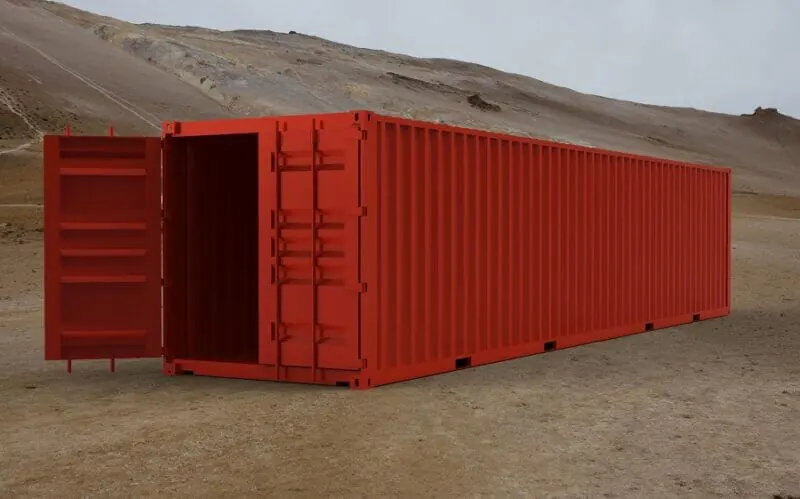
Conclusions About Shipping Containers Manufacturing
Manufacturing shipping containers is a detailed process that involves several careful steps to ensure each one is durable, secure, and functional. Starting with the creation of steel panels and ending with thorough waterproofing tests, every stage plays a vital role in building containers that can handle the challenges of global trade. Each step of making a container is designed to make sure the containers are up to the task, ready to keep your goods safe and secure no matter where they travel.
Vanessa is a dedicated writer and content enthusiast at Pelican Containers. With a background in practical writing and a keen eye for clarity, she transforms complex container topics into easy-to-understand and useful content. Her passion lies in exploring the evolving world of container usage — from smart storage hacks to global logistics trends.
When she's not writing, Vanessa loves discovering creative shipping container projects or traveling to find new inspiration.
Explore thoughtful, informative, and accessible content with Vanessa!
Vanessa is a dedicated writer and content enthusiast at Pelican Containers. With a background in practical writing and a keen eye for clarity, she transforms complex container topics into easy-to-understand and useful content. Her passion lies in exploring the evolving world of container usage — from smart storage hacks to global logistics trends.
When she's not writing, Vanessa loves discovering creative shipping container projects or traveling to find new inspiration.
Explore thoughtful, informative, and accessible content with Vanessa!
FAQ
What materials are used in the manufacturing of shipping containers?
Shipping containers are primarily made from high-strength steel, which provides durability and resistance to harsh environmental conditions. Marine-grade plywood or bamboo is used for flooring due to its moisture resistance and robustness.
What are the key steps involved in the construction of a shipping container?
The key steps include forming wall panels, assembling the floor frame, installing doors and corner posts, finishing the box, priming and painting, installing flooring, applying decals and identification, and conducting waterproofing and testing.
How are shipping containers designed to ensure durability and strength?
Shipping containers are designed with corrugated steel panels to enhance strength, reinforced corners for structural integrity, and durable coatings to protect against corrosion. Rigorous testing ensures they meet international standards for durability and safety.
How are shipping containers tested for safety and compliance with international standards?
Containers undergo high-pressure water testing for leaks, structural inspections, and verification of their compliance with international standards such as ISO. These tests ensure the containers are safe, durable, and ready for use in global transportation.


